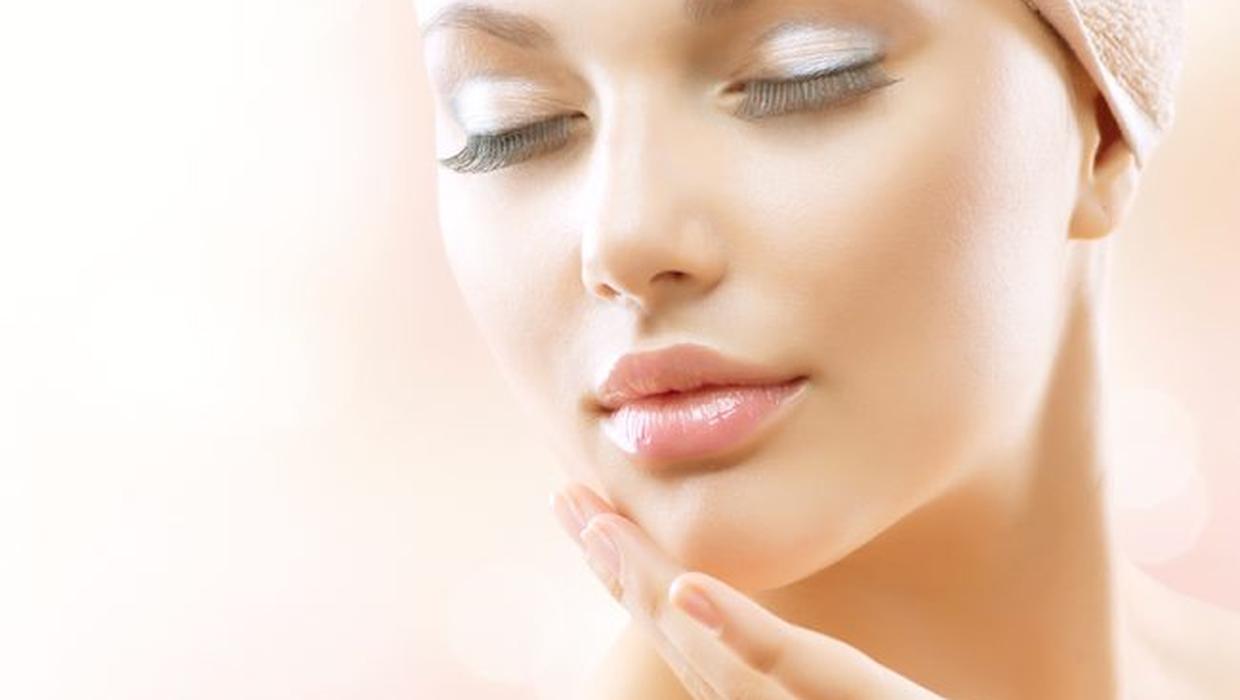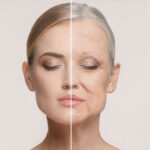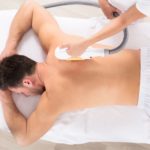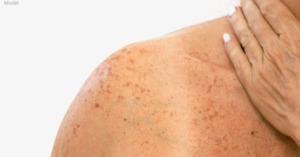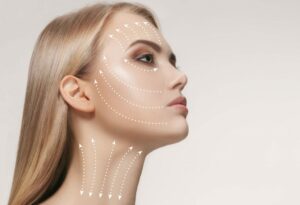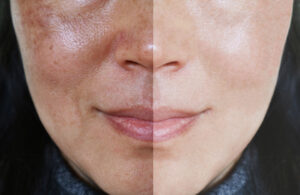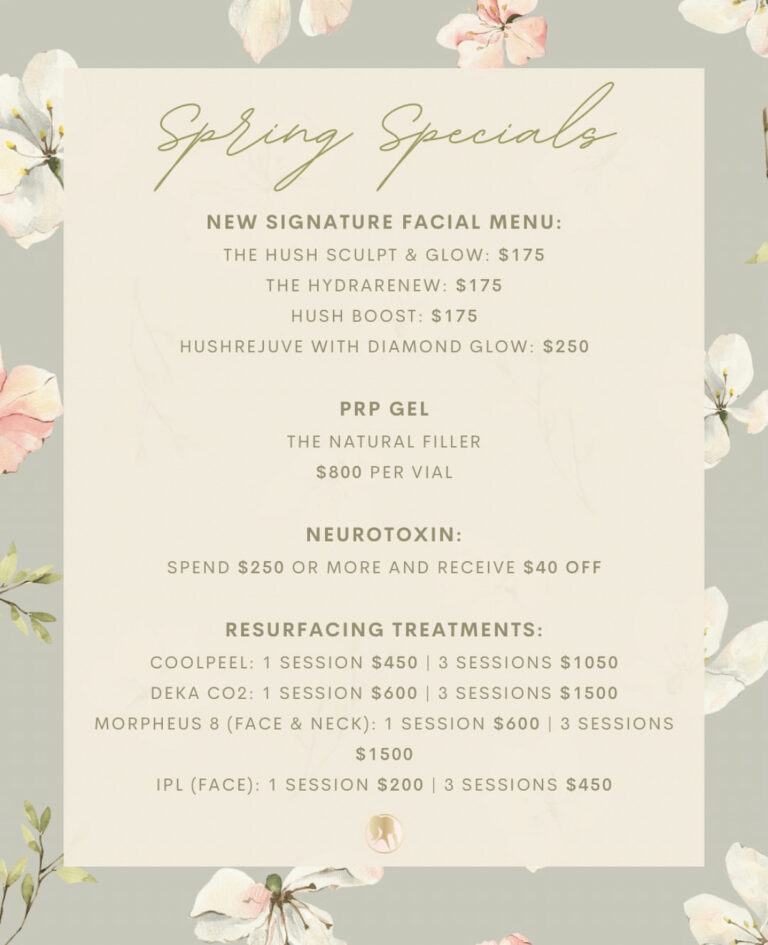How to Build Your Skincare Routine Based on Your age & Skin Type
Starting to monitor the condition of the skin from a young age and caring for it according to its type and needs, will prevent premature cell aging and prolong the beauty and freshness of the face.
Skincare Routine tips based on your age
What are the criteria for choosing skin care products at different ages and why can’t you use an anti-age cream if you are in your 20s?
The natural aging process of the body starts in the 20s, and although the first external signs of skin maturity will not be noticeable soon, now is the time to take care of the skin by preventing aging.
The skin at this age needs antioxidant support and intense hydration. From the age of 25, it is worth including moisturizers for the eyelids in the beauty routine.
Young skin uses its own resources to the maximum so moisturizing and regular cleansing will be enough to maintain its tone.
At 30+ years, the body already noticeably reduces the synthesis of hyaluronic acid, collagen, and other elements necessary to maintain the density, firmness, and elasticity of the skin.
By the age of 35, age-related changes become noticeable: mimic wrinkles, and dehydration creases become noticeable, the skin loses its tone.
It is recommended to increase antioxidant support, add UV protection, and include anti-aging formulas based on hyaluronic acid and collagen in your beauty routine.
At the age of 40+, the real “fight” against the age-related changes starts. By the age of 45, many people have many noticeable signs of skin maturity, such as pigmentation, deformation of the oval of the face, deep creases, and small wrinkles in the eyes and lips.
The skincare routine at this age is replenished with products that have retinol, peptides, and rhamnose in the composition. These are the key anti-aging ingredients that can reduce signs of aging with no cutting or poking necessary.
They target the papillary dermis, the thin layer under the dermo-epidermal junction. They can improve collagen and elastin production as well as cellular turnover.
At 50+ years, our body starts to experience age-related hormonal changes. Almost all the elements that support youth and skin tone cease natural synthesis and must be replenished with appropriate skincare.
The contours of the face begin to change, gravitational ptosis appears, and the skin becomes thinner, loses density, and becomes dry and sensitive.
Compensating care includes powerful anti-aging formulas that replenish moisture and collagen deficiency in skin cells.
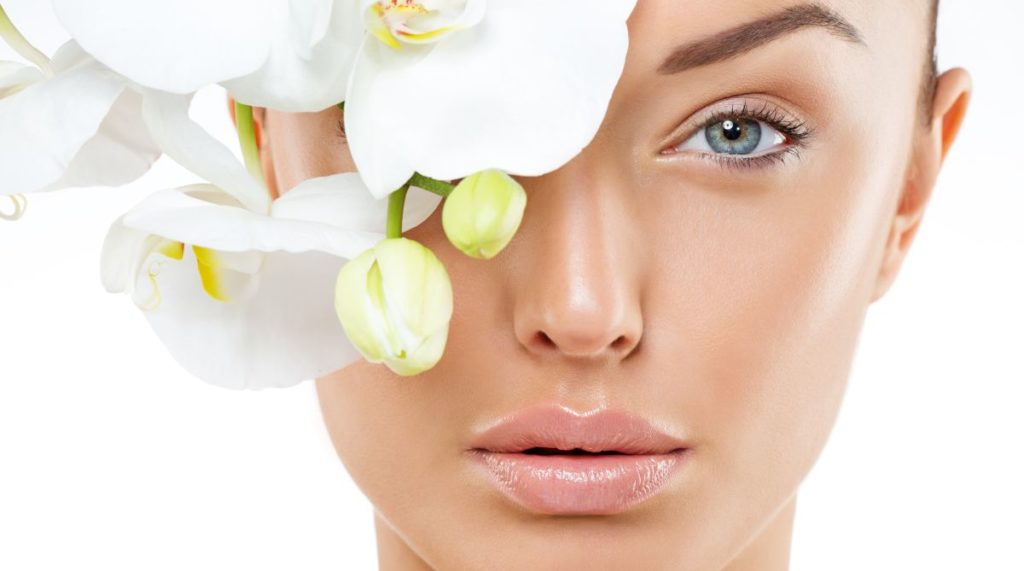
How to find the best daily skincare
The basis of the beauty routine for any age is almost the same set of procedures, differing only in the intensity of application and the concentration of the composition of the formulas.
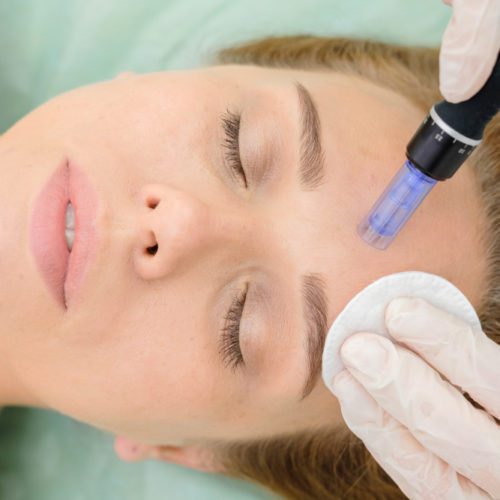
Skincare routine tips: Cleansing
It is recommended to cleanse the skin of particles of sebum, sweat, cosmetics, and external contaminants both in the morning and in the evening.
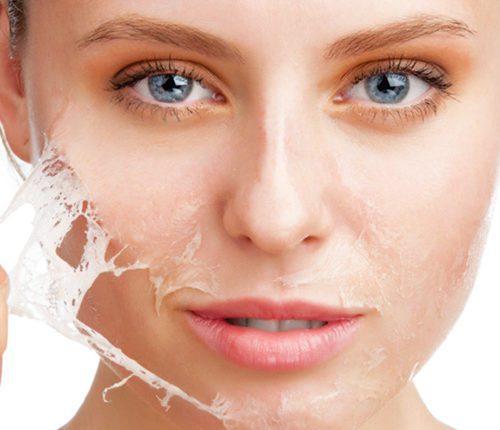
Skincare routine tips: exfoliation
Additional deep cleansing with peels and scrubs, aimed at intensive exfoliation and subsequent accelerated skin renewal. It is recommended to exfoliate the skin 1-2 times a week.
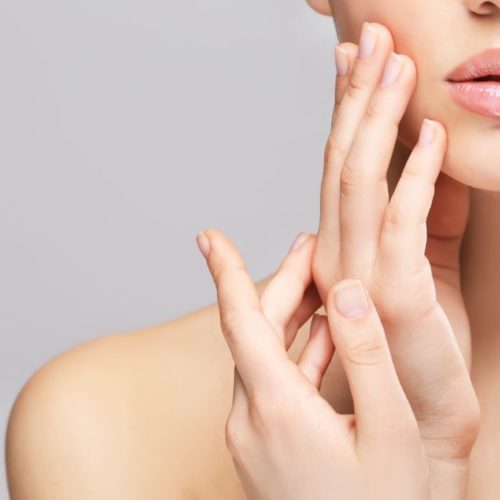
Skincare routine tips: TONING
Toner is the final cleansing step: restores the pH of the skin and prepares it for the application of basic skincare products.
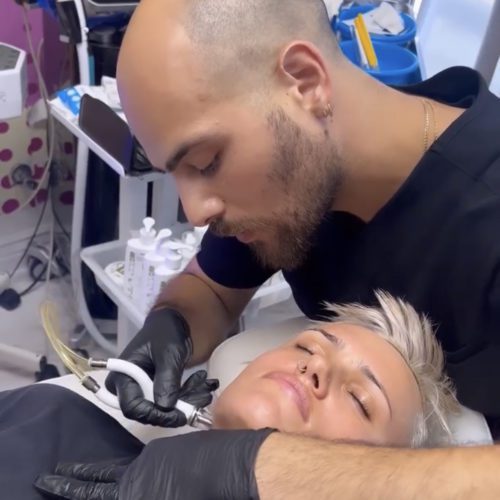
Skincare routine tips: Serum
The concept with serum is that larger amounts of active molecules will potentially penetrate the skin’s surface for optimum effectiveness. It has a highly concentrated formula of targeted action for solving a specific problem. Think of a serum as the secret weapon for treating skin issues like discoloration, dullness, fine lines, or acne — and a moisturizer as the key to hydrating your skin.
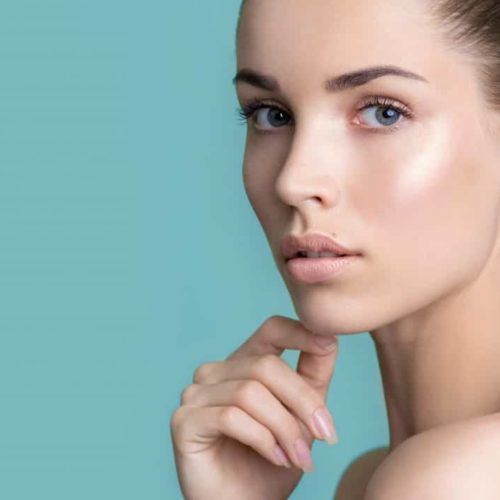
Skincare routine tips: CREAM
The basic and final stage of care is aimed at correcting existing imperfections and preventing new ones. Depending on the needs, the cream is aimed at moisturizing the skin, nourishing, protecting, restoring, or providing powerful anti-aging support. Both, day and night creams are recommended for the skincare routine.
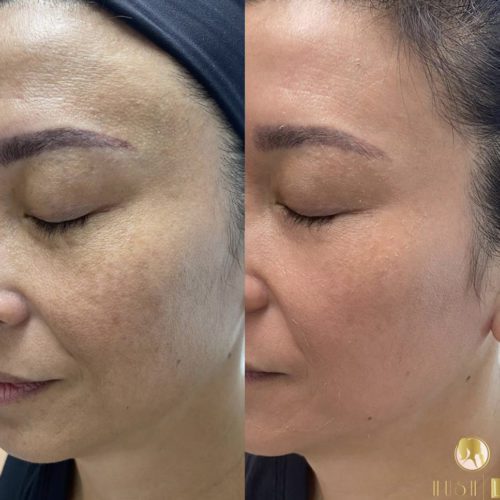
Skincare routine tips: sun protection
Sun protection is a separate step in day care: it prevents photoaging and other negative effects of ultraviolet radiation on the skin.
How to build a skincare routine based on a skin type?
The first step to building the skincare routine for you starts with defining your skin type. Remember: not all people will fit into these neat little definitions. These should serve as a guideline for finding the right products for you based on your skin’s needs.
Skin Types
Your skin can be categorized into one of four basic types:
- Normal
- Dry
- Oily
- Combination
Skincare tips for oily skin
Basic care tips for dry and sensitive skin
Basic care tips for normal skin type
Oily skin types produce an excess of sebum that builds on the skin throughout the day. Oily skin requires special care products and makeup. The T zone (across the forehead and down the nose) is usually the oiliest area of the face. This skin type typically struggles with acne more often than other skin types. Look for formulas labeled non-comedogenic, salicylic acid, mattifying, and anti-inflammatory.
Dry skin is known to be flaky, cracked, and even red and tender. Dry skin is almost always sensitive skin. Buying makeup and skincare products proves to be a bit of a challenge, not because there aren’t products out there but because the skin is easily irritated or made drier by product use. Dry skin requires attentive care. Dry skin tends to be dull, so moisturizing and brightening products are key.
Formulas based on emollient, soothing, and lipid-restoring components, such as vegetable oils, will cope with hypersensitivity. Choose special products labeled “for sensitive skin” and “hypoallergenic”.
Normal skin is exactly what it sounds like: normal! The skin isn’t overly oily or dry, it is relatively free of blemishes and discolorations, and requires minimal but consistent care. Typically people with this skin type can buy a wide variety of makeup and skincare products.
Nourishing care with an antioxidant formula, such as vitamin C, prevents oxidative stress in cells and slows down the natural aging process. Also, choose moisturizing and softening formulas based on hyaluronic acid and plant extracts.
Basic care rules for combination skin
Acne-prone skin
The combination skin type combines one or more of the previously mentioned types. The skin may suffer from dry patches throughout but an oily T zone, an oily T zone, and normal skin everywhere else or normal skin with an occasional dry patch.
This skin requires knowledge about its combined types, so make sure to do your research! Utilize the skincare professionals who are at your disposal to learn more about your skin type.
If you struggle with acne (you’re not alone!) then it’s important to utilize acne treatments within your routine. The best tip is don’t touch your face, and don’t pick or pop blemishes. Try to cut greasy and sugary foods out of your diet to help you prevent acne from forming.
Also, make sure to wash your face once to twice a day, but avoid over-cleansing. If your face is reacting to your washing routine, try to cut back. Formulas with antibacterial, healing components will help fight acne, mattifying components reduce oily sheen, and cleanse and tighten pores.
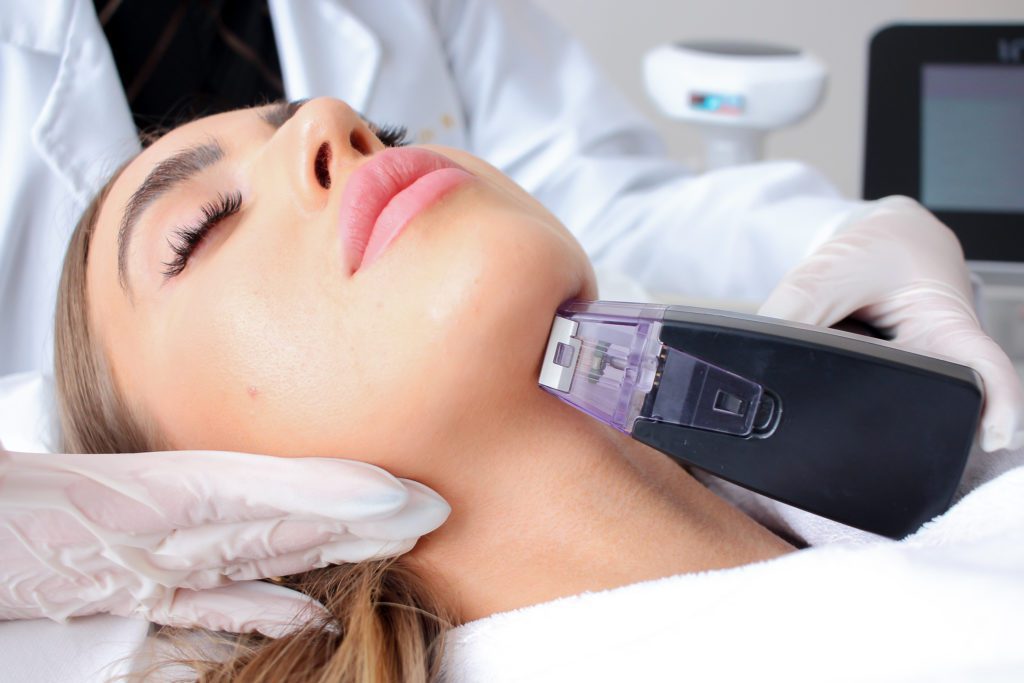
10 universal skincare recommendations
Competent care suitable for the type and needs of the skin will really delay the natural aging process and minimize its external signs. An integrated approach will help to achieve noticeable results at home, the main thing is to be patient and follow the sequence and regularity.
The first and most important step is to use cosmetics specially designed for your skin type. There is a significant difference between products for dry and oily skin.
The skin in certain places on the face is thinner and more vulnerable. It requires delicate care, especially the skin around the eyes and lips. These areas are the most sensitive areas and require more attention.
Sensitive skincare begins with gentle make-up removal. In order not to put additional stress on the epidermis and preserve its natural lipid balance, use pH-neutral make-up removers designed specifically for the gentle cleansing of sensitive skin.
The skin around the eyes is ten times thinner than the rest of the face. Use gentle eye makeup removers and be sure to use moisturizing eye products in the morning and evening.
Use the type of peel that suits your skin. Peeling should be effective, but soft and not injure the skin. Choose pH-neutral products that cleanse and soften the skin well, while maintaining its natural balance.
The water amount in the dermis is 70%, whereas the epidermis has 15% of water. To keep your skin well hydrated, choose a moisturizer that maintains normal levels of moisture in the cells.
To avoid skin reaction to the use of cosmetics that are not suitable for your skin type, choose hypoallergenic cosmetics, specially designed for all types, including the most sensitive.
Regardless of the time of year, use sunscreen. They reduce the harmful effects of ultraviolet rays, which accelerate the aging process.
Environmental pollution, smoking, and stress – all these have a negative impact on the condition of the skin. Use cosmetics that will protect it from adverse factors throughout the day, and thoroughly cleanse the skin when you return home in the evening.
The area of the lips, like the skin in the area of the eyelids, is especially thin, and sensitive and requires additional attention. As soon as you feel it is necessary, use a regenerating cream or lip balm. You can reapply the cream as often as you wish to hydrate, repair and nourish the skin of the lips.

